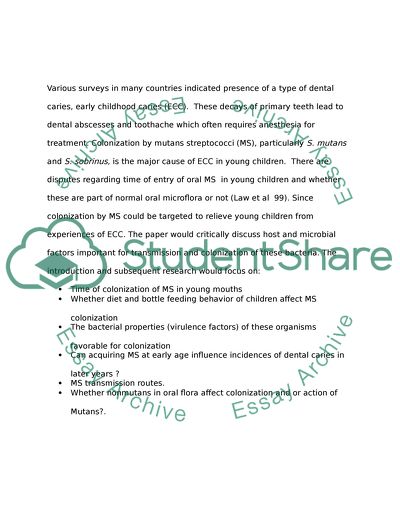Cite this document
(“Oral Colonization of Mutans Streptococci in Young Children Research Paper”, n.d.)
Oral Colonization of Mutans Streptococci in Young Children Research Paper. Retrieved from https://studentshare.org/social-science/1506933-oral-colonization-of-mutans-streptococci-in-young-children
Oral Colonization of Mutans Streptococci in Young Children Research Paper. Retrieved from https://studentshare.org/social-science/1506933-oral-colonization-of-mutans-streptococci-in-young-children
(Oral Colonization of Mutans Streptococci in Young Children Research Paper)
Oral Colonization of Mutans Streptococci in Young Children Research Paper. https://studentshare.org/social-science/1506933-oral-colonization-of-mutans-streptococci-in-young-children.
Oral Colonization of Mutans Streptococci in Young Children Research Paper. https://studentshare.org/social-science/1506933-oral-colonization-of-mutans-streptococci-in-young-children.
“Oral Colonization of Mutans Streptococci in Young Children Research Paper”, n.d. https://studentshare.org/social-science/1506933-oral-colonization-of-mutans-streptococci-in-young-children.


